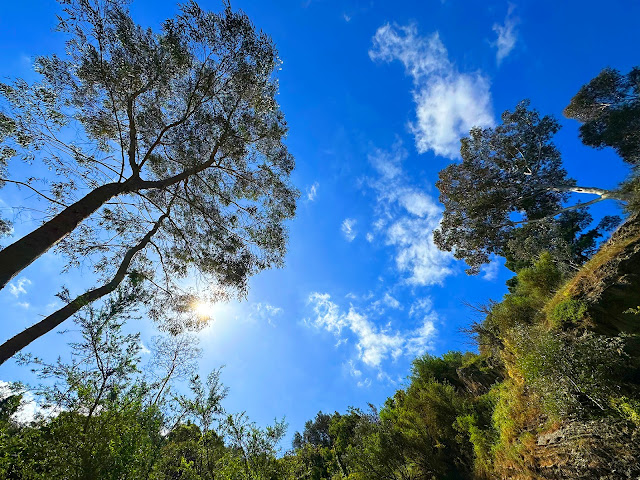Saturday 30 September 2023
LOCKED OUT!
Friday 29 September 2023
SUNSET VIEW
Thursday 28 September 2023
OKIE BEAN
Wednesday 27 September 2023
FRINGE-LILY
Tuesday 26 September 2023
MELBOURNE SPRING
Monday 25 September 2023
Sunday 24 September 2023
ARMADALE TOWN HALL
Armadale is an inner suburb in Melbourne, Victoria, Australia, 7 km south-east of Melbourne's Central Business District, located within the City of Stonnington local government area. Armadale recorded a population of 9,368 at the 2021 census. The suburb has its own railway station, as well as Toorak railway station, which is also in Armadale. The suburb is also well served by trams and buses. It is bordered by Glenferrie Road to the east, Orrong Road to the west, Malvern Road to the north and Dandenong Road/Princes Highway to the south.
Armadale is considered one of Melbourne's premier blue chip areas, with High Street, its main thoroughfare, containing high-end antique and fashion stores, hair salons, exclusive restaurants and galleries. Glenferrie Road, a divider between Armadale and neighbouring suburb Malvern, is well known for its shopping and restaurants. Armadale contains and is in close proximity to a number of Melbourne's leading private schools, including Lauriston Girls' School and the King David School. Armadale also contains a number of parks, including Toorak Park, Victory Square Reserve, Armadale Reserve and the Union Street Gardens.
This post is part of the My Sunday Best meme.
Saturday 23 September 2023
WARRANDYTE
Friday 22 September 2023
Thursday 21 September 2023
SPRING BLOSSOM
Wednesday 20 September 2023
DAREBIN PARKLANDS
and also part of the My Corner of the World meme,
and also part of the Nature Notes meme.
Tuesday 19 September 2023
ROYAL EXHIBITION BUILDING
Monday 18 September 2023
PAPERBARK TREE
and also part of the Blue Monday meme,
and also part of the Seasons meme.
Sunday 17 September 2023
ST ANDREWS CHURCH
Saturday 16 September 2023
Friday 15 September 2023
Thursday 14 September 2023
SPRING BOUQUET
A bouquet of flowers from our garden: Daisies, freesias, marigolds, calendulas, bluebells, begonias, alstroemerias, anemones and stocks.
This post is part of the Floral Friday Fotos meme.
Wednesday 13 September 2023
CONSTRUCTION
and also part of the My Corner of the World meme,
and also part of the Nature Notes meme.
Tuesday 12 September 2023
Monday 11 September 2023
ON A WALK
Amazing what one may see when taking a long walk...
This post is part of the Mosaic Monday meme,
and also part of the Blue Monday meme,
and also part of the Seasons meme.
Sunday 10 September 2023
YARRA RIVER AT WARRANDYTE
Saturday 9 September 2023
DOG ART
Friday 8 September 2023
Thursday 7 September 2023
Wednesday 6 September 2023
SPRING FLOWERS
This post is part of the Wordless Wednesday meme,
and also part of the My Corner of the World meme,
and also part of the Nature Notes meme.
Tuesday 5 September 2023
AT THE QUEEN VIC
and also part of the Blue Monday meme.
Monday 4 September 2023
ZEN BOX
and also part of the Ruby Tuesday meme,
and also part of the Seasons meme.
Sunday 3 September 2023
IN KENSINGTON
Kensington is an inner-city suburb in Melbourne, Victoria, Australia, 4 km north-west of Melbourne's Central Business District, located within the City of Melbourne local government area. Kensington recorded a population of 10,745 at the 2021 census.
Kensington is known for its village feel, cafes, and diversity of architecture - including Victorian terraces, cottages, warehouse apartments and new structures in the west of the suburb. The suburb is hilly in sections and contains established tree lined streets.
This post is part of the My Sunday Best meme









































